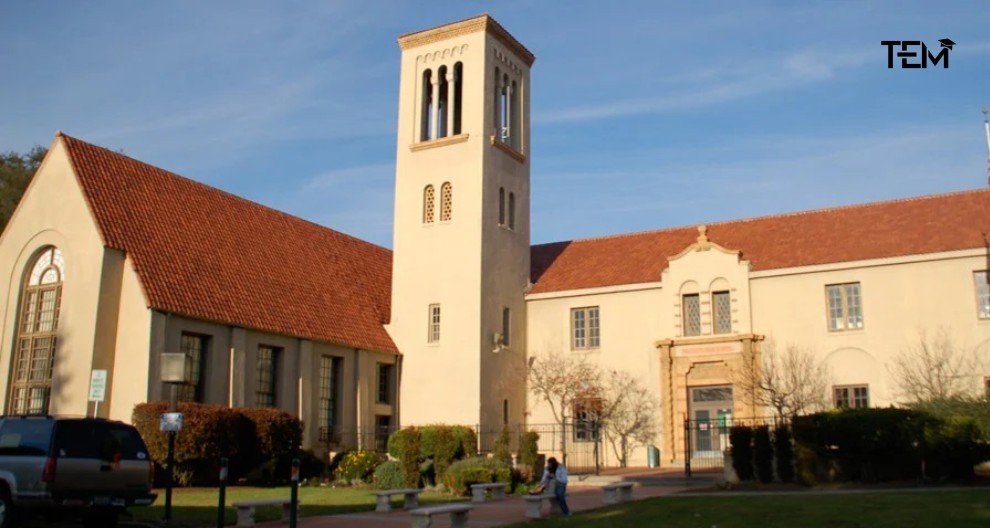Have you ever been to the Great Wall of China? It is one of the most notorious and largest iconic man-made structures worldwide. The wall expands in the northern part of the country and it was a huge military line of defense in the past. Today, some recognize it as a unique world heritage site and a symbol of the strength of China. The whole monument is a defensive network consisting of many walls and forts built in different historical periods, with some segments scattering. Do you know, the wall doubles or even triples itself in some places? There are many such facts that can blow your mind. In this blog, we will discover such mind-blowing facts about the history of the Great Wall of China.
The Greatest protector

The wall is an ancient series of walls and fortifications, totaling more than 13,000 miles (Half of the equator), located in northern China. It was originally conceived by Emperor Qin Shi Huang in the third century B.C. for preventing incursions from barbarian nomads. Though the Great Wall failed to prevent effectively invaders from entering China, it functioned as a powerful symbol of Chinese civilization’s enduring strength. Its beginning can be traced to the 5th century B.C. and many of the fortifications included in the wall date from hundreds of years earlier. The construction of the wall can be dated back to when China was divided into several small kingdoms during the Warring States Period.
Political strategies
Despite many irregularities in its construction, the history of the Great Wall of China as it exists today mainly belongs to the mighty Ming Dynasty (1368-1644). The early Ming rulers showed little interest in constructing border fortifications. Hence, the building of walls was also restricted before the late 15th century. In 1421, the Ming emperor Yongle proclaimed Beijing as the new capital of China, on the site of the former Mongol city of Dadu.
Under the strong surveillance of Ming rulers, Chinese culture flourished and conquered new heights of economic independence. The period experienced an immense amount of construction of bridges, temples, and pagodas in addition to creating a history of the Great Wall. Its construction began around 1474. After expanding their territory, Ming rulers gained a defensive stance and extended construction of the Great Wall was the key to their political strategy.
Significance of the Great Wall of China
The Great Wall emerged as the most common emblem of China for the Western world during the 18th to 20th centuries. It manifests Chinese dominance in geographical as well as political areas to repel foreign influences and exert control over its citizens.
Today, the Great Wall is perceived as one of the most impressive architectural features built in human history. UNESCO designated the Great Wall a World Heritage site in 1987, and in the 20th century popularly it was the only manmade structure that is visible from a far distance.
Over the years, roadways created dissections through the wall at various points, and many sections have deteriorated due to neglecting attitude of rulers. Badaling is the best-known section of the Great Wall of China, which is located 43 miles (70 km) northwest of Beijing. It was rebuilt in the late 1950s, and today it attracts thousands of national and foreign tourists.
An Excellent Example of Military Architecture

The Great Wall starts from the east at Shanhaiguan in Hebei province and ends at Jiayuguan in Gansu province to the west. The main site of the monument consists of walls, horse tracks, watches towers, and shelters on the wall, in addition to fortresses and passes along the Wall. It reflects the collision and exchanges between two different civilizations – agricultural and nomadic civilizations in ancient China.
Such a unique combination provides significant physical evidence of the far-sighted political, strategic thinking, and mighty military and national defense forces of central empires in ancient China. It is an outstanding example of the excellent military architecture, technology, and art of ancient China. The monument embodies unparalleled significance as the national symbol for safeguarding the security of the country and its people.
The Integral Value of the Great Wall of China
The Great Wall safeguards intrinsic spiritual elements of historical and cultural principles which talk about outstanding universal value. It is constructed in pieces during different historical periods and is a part of a sophisticated defense system that includes walls, fortresses, passes, and beacon towers.
All of such small elements of the wall have been perpetuated to the present day. Its integral value of defending the boundaries of the nation has become a universal value on which China dominates in the South East Asian part. However, the unparalleled national and cultural significance of the Great Wall to China is still recognized today. The construction of tourist facilities and a cable car is badly affecting the visual integrity of the Wall at Badaling.
The Authenticity of World Heritage Site
The existing aspects of the Great Wall possess original location, material, form, technology, and structure. Its original layout and composition of various constituents of the Great Wall defense system are maintained, which qualifies the criteria of being a World Heritage Site. Perfect integration of the Great Wall includes perfect topography and forms a meandering landscape feature. The entire monument embodies the military concept of defending the country against nomads and raises the honor of the country. The legitimacy of the Great Wall is becoming vulnerable due to the tourism development plans of the government, causing unnecessary pollution and affecting its architecture.
FAQs about the history of the Great Wall of China
- What is the full length of the Great Wall of China?
Officially, the complete length of the Great Wall of China is 21,196.18 km, which is almost half of the equator. It will take almost 17 months if you walk the entire distance.
- How many years did it take to complete the whole construction?
It took 2,000 years to finish manufacturing the Great Wall of China to which around five dynasties contributed to it.
- What are the other famous places to visit near The Great Wall of China?
Mutianyu, Badaling Great Wall, Nan Pass, Juyongguan, Baishi Mountain, Jiankou, etc are the famous places you can visit near the Great Wall of China.
- What is the average width and height of the Great Wall of China?
The average width is 6.5 meters (21.3 feet) and the average height of the walls is 6 to 7 meters (20 to 23 feet).
Eventually, the Chinese structure of the Great Wall of China is the best example of human architectural creativity that everyone is proud of. If you have time to visit the monument in the future then the above blog will enrich your knowledge regarding the history of the Great Wall of China.
ALSO READ: 5 Longest Bridges in The World to take your Breath Away










